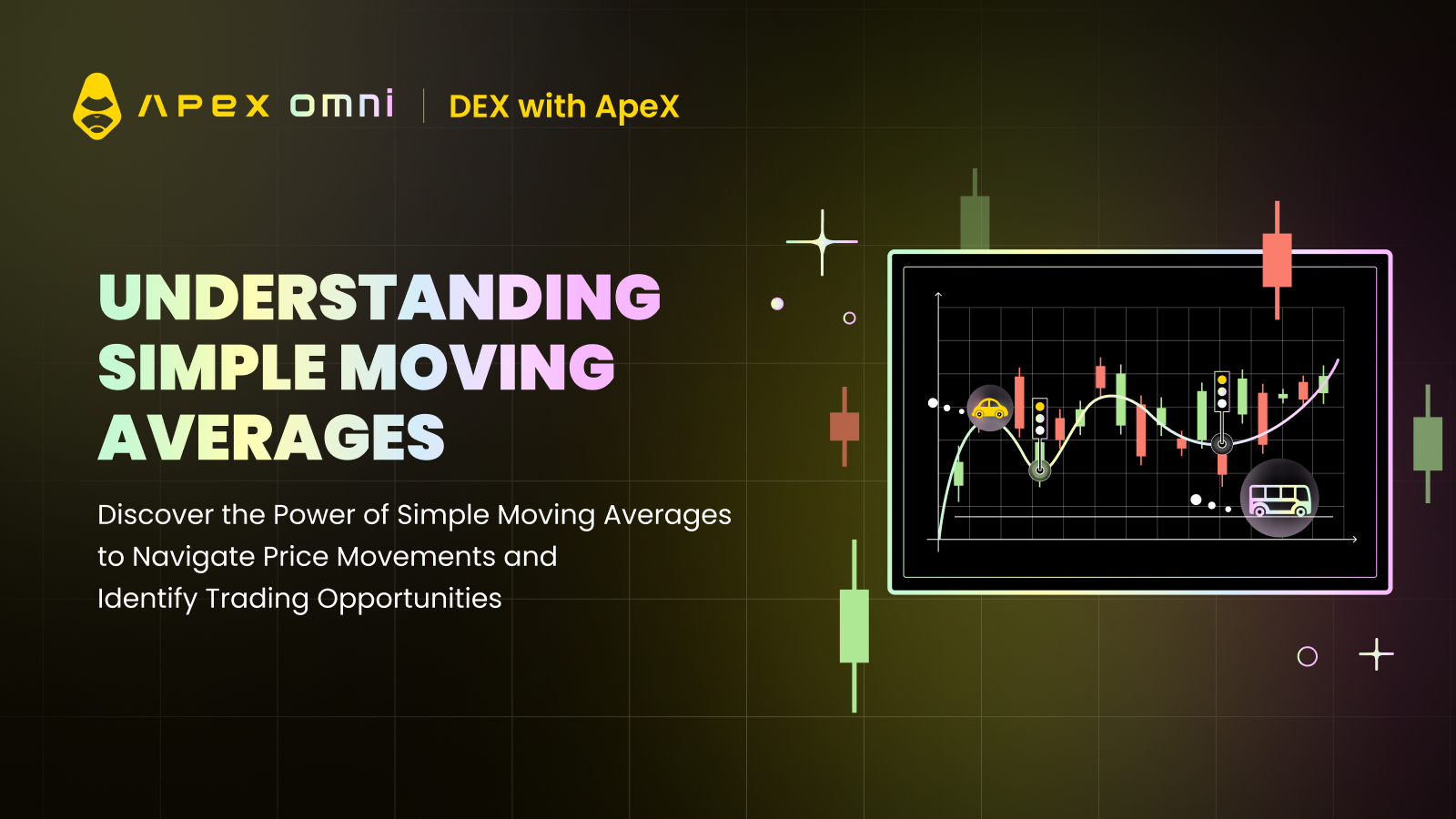Technical analysis forms the backbone of crypto trading strategies, offering traders various tools to interpret market movements and make informed decisions. Among these analytical instruments, Simple Moving Averages (SMAs) emerge as one of the most widely used and reliable indicators.
This comprehensive guide will explore the intricacies of SMAs, their implementation and their crucial role in market analysis, particularly in cryptocurrency trading.
Understanding Simple Moving Averages
Simple Moving Averages represent a foundational concept in technical analysis, serving as a trend-following indicator that smooths out price data to create a single flowing line. The calculation methodology behind SMAs is remarkably straightforward, making it accessible to both novice and experienced traders. To calculate an SMA, one simply adds the closing prices over a specified number of periods and divides by that number of periods.
For example, consider calculating a 5-day SMA: if the closing prices for five consecutive days are $10, $11, $12, $13, and $14, the SMA would be calculated as ($10 + $11 + $12 + $13 + $14) / 5 = $12. This moving average "moves" because, with each new trading day, the oldest price drops off and the newest price is added, creating a continuously updated average.
The smoothing effect of SMAs helps traders identify trends by eliminating short-term price fluctuations that might otherwise obscure the broader market direction. Shorter-period SMAs, such as the 10-day or 20-day, respond more quickly to price changes, while longer-period SMAs, like the 50-day or 200-day, provide insights into more substantial trend movements.
Differentiating Between SMAs and EMAs
While both Simple Moving Averages and Exponential Moving Averages (EMAs) serve as trend indicators, their calculation methods and applications differ significantly. The primary distinction lies in how each type of moving average weights price data. SMAs assign equal weight to all prices within the calculation period, treating day-old data the same as data from several weeks ago. This equal weighting creates a more stable, less reactive indicator that excels at identifying long-term trends.
Conversely, EMAs apply greater weight to recent prices, making them more responsive to current market conditions. This increased sensitivity to recent price changes means EMAs react more quickly to market reversals and short-term price movements. However, this responsiveness also makes EMAs more prone to generating false signals during periods of market volatility.
The Significance of SMA in Crypto Trading
In the volatile cryptocurrency market, SMAs play a crucial role in helping traders navigate price movements and identify potential trading opportunities. Crypto traders often rely on SMAs for several key purposes.
SMAs help establish the overall market trend:
When prices consistently trade above a significant moving average, such as the 200-day SMA, it generally indicates a bullish market environment.
Conversely, prices trading below major SMAs suggest bearish conditions.
Next, SMAs serve as dynamic support and resistance levels:
During uptrends, shorter-term SMAs often provide support when prices pull back.
During downtrends, these same averages may act as resistance, preventing prices from moving higher.
Moreover, the cryptocurrency market's 24/7 nature and high volatility make SMAs particularly valuable for identifying potential entry and exit points. Traders often use these indicators to confirm trend changes and manage their position sizes based on market conditions.
Using SMAs in Market Analysis
The practical implementation of SMAs in market analysis involves several key strategies and considerations. Successful traders typically employ multiple SMAs across different timeframes to gain a more comprehensive view of market conditions.
One popular approach involves using multiple SMAs to identify trend changes through crossovers:
The "golden cross" occurs when a shorter-term SMA (typically the 50-day) crosses above a longer-term SMA (usually the 200-day), potentially signaling the beginning of a bullish trend.
The opposite scenario, known as the "death cross," might indicate the start of a bearish trend.
Experienced traders often combine SMAs with other technical indicators to confirm signals and reduce false positives. For instance, coupling SMA analysis with volume indicators or momentum oscillators can provide additional confirmation of trend changes and potential trading opportunities.
Simple Moving Averages remain one of the most valuable tools in technical analysis, offering traders a reliable method for identifying trends and potential trading opportunities. Their straightforward calculation, versatility, and proven track record make them particularly valuable in the cryptocurrency market, where price volatility and round-the-clock trading create unique challenges and opportunities.
Whether used for trend identification, support and resistance levels, or signal generation, SMAs continue to prove their worth as an essential component of modern trading analysis. While no single indicator can guarantee trading success, mastering the use of Simple Moving Averages provides traders with a solid foundation for technical analysis and decision-making in today's markets. As with any trading tool, successful implementation requires practice, patience, and a thorough understanding of both the indicator's strengths and limitations.
Visit ApeX Blog for a wide range of articles on technical indicators. Always conduct your own research, manage your risk carefully, and trade only with funds you can afford to lose.
Happy trading!

